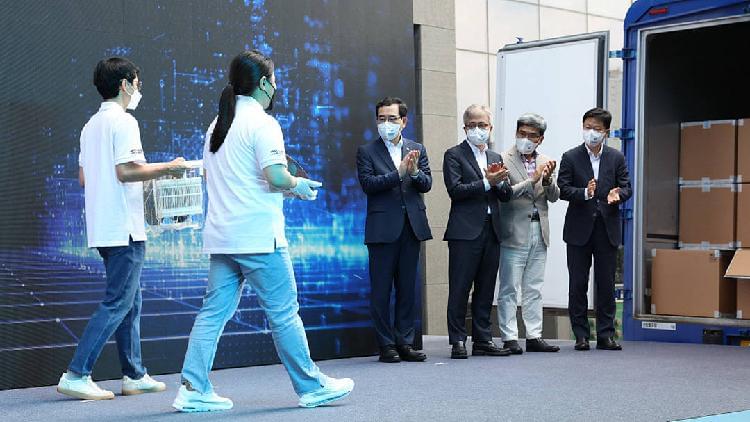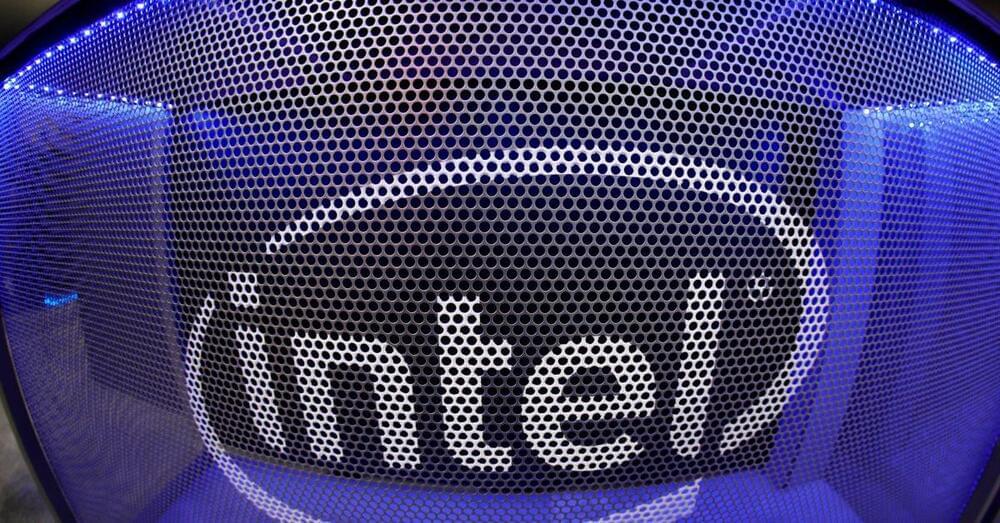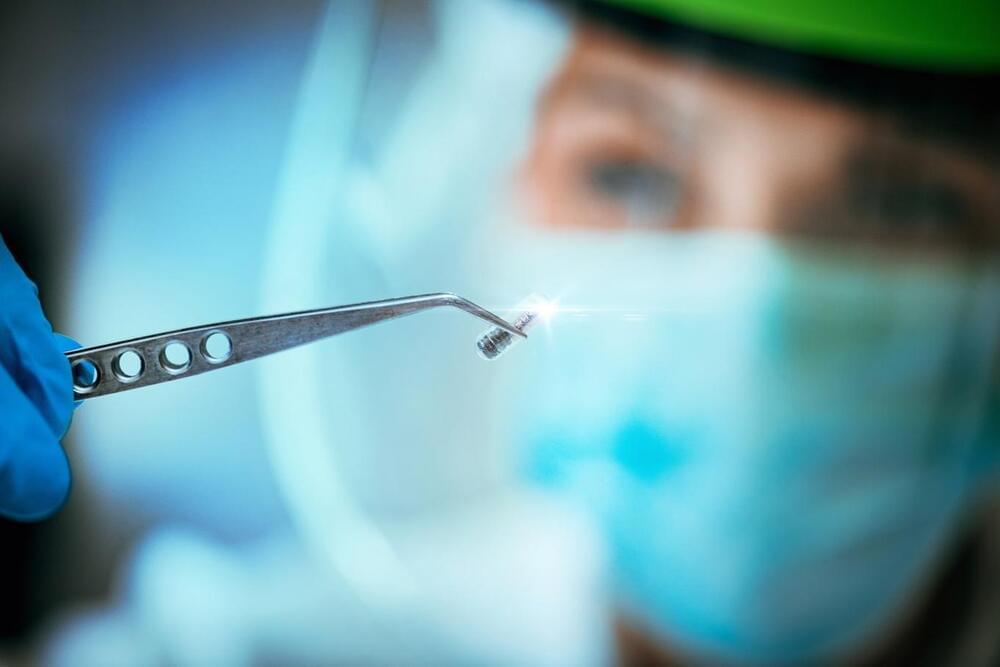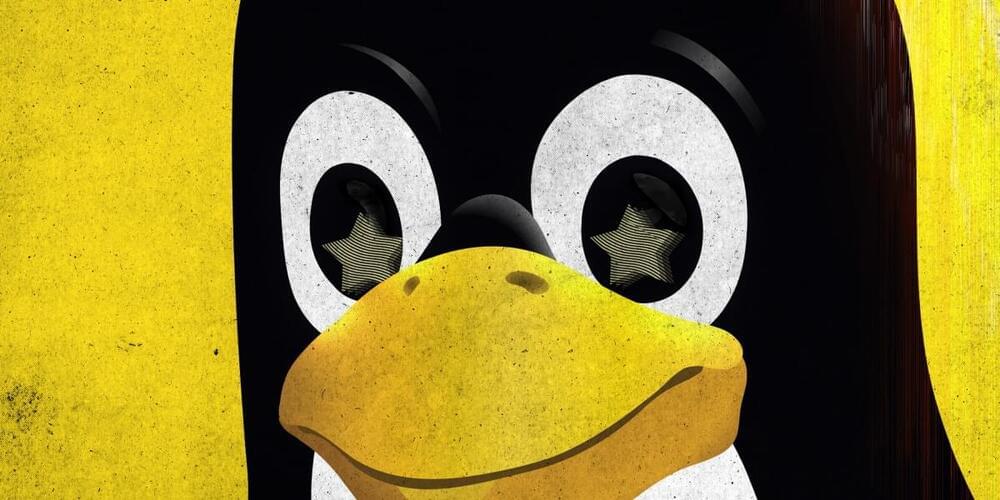Knowledge and Learning.



Samsung has started shipping the world’s first 3-nanometer (nm) chips from its chip-making complex in Hwaseong, South Korea’s Gyeonggi Province, the tech giant revealed on Monday at a ceremony to celebrate the shipment.
The company said its first-generation 3nm process has reduced power consumption by 45 percent and improved performance by 23 percent using gate-all-around (GAA) process, compared to the current 5nm chips using fin field-effect transistor technology (FinFET).
According to Samsung, its engineers started researching on GAA transistors in the early 2000s and went on to experiment with the design from 2017. Last month, the company became the first chipmaker to begin mass production of the 3nm chips.


A crucial but poorly-studied parameter that dictates battery performance is the migration barrier. It determines the rate at which ions move through an electrode inside the battery, and ultimately the rate at which it charges or discharges. Because it is hard to measure the migration barrier in the…

OAKLAND, Calif. July 25 (Reuters) — U.S. chipmaker Intel Corp (INTC.O) said on Monday it will produce chips for Taiwan’s MediaTek Inc (2454.TW), one of the world’s largest chip design firms.
The manufacturing arrangement is one of the most significant deals Intel has announced since it launched its so-called foundry business early last year.
A foundry business builds chips that other companies design and Taiwan Semiconductor Manufacturing Co (TSMC) (2330.TW) is the top player in that space. Intel has mainly built chips it designed itself.

Antoine Galand, Director of Technology, GraphWear
Nanotechnology was once the stuff of science fiction, but today the concept of creating devices and machines that are several thousand times smaller than the width of a human hair is a well-established fact. The rise of nanotechnology has already transformed industries ranging from consumer electronics to textile manufacturing and cosmetics by unlocking new materials and processes at the nanoscale. The device you’re reading this on, for example, is only possible because of techniques adopted in the semiconductor industry that enable us to pattern silicon and metals to create the microscopic circuits and switches that are at the heart of modern computers.
One of the most promising applications of our newfound ability to manipulate individual atoms and molecules is in healthcare, where the ability of doctors to treat disease has been hamstrung by relatively blunt “macro” solutions. The human body is a remarkably complex system where, fundamentally, nanoscale processes occurring inside cells are what determine whether we are sick or healthy. If we’re ever going to cure diseases like diabetes, cancer or Alzheimer’s, we need technologies that work at their scale. Although medical nanotechnologies are relatively new, they’re already impacting the way we diagnose, treat and prevent a broad range of diseases.
The July issue of Scientific American magazine has a terrific review of the Voyager space mission that details the trips Voyagers 1 and 2 have made through the Solar System. The article is titled “Record-Breaking Voyager Spacecraft Begin to Power Down.” Both spacecraft have now entered interstellar space and are the first human artifacts to do so. Tim Folger wrote the article for Scientific American. Towards the end of the article, Folger points out that Voyagers 1 and 2 were designed before the advent of the microprocessor and that the mission has lasted 44 years, so far, which is about 40 years longer than the planned design life for the spacecraft.
The article then quotes Stamatios Krimigis, a PhD physicist and space scientist who’s spent more than half a century at the Johns Hopkins Applied Physics Laboratory. Krimigis says, “The amount of software on these instruments is slim to none. On the whole, I think the mission lasted so long because almost everything was hardwired. Today’s engineers don’t know how to do this. I don’t know if it’s even possible to build such a simple spacecraft [now]. Voyager is the last of its kind.”
Now hold on there.

Open-source code runs on every computer on the planet—and keeps America’s critical infrastructure going. DARPA is worried about how well it can be trusted.
By

Physicists demonstrated a way of storing quantum information that is less prone to errors by subjecting a quantum computer’s qubits to quasi-rhythmic laser pulses based on the Fibonacci sequence.
Physicists have created a remarkable, never-before-seen phase of matter by shining a laser pulse sequence inspired by the Fibonacci sequence at atoms inside a quantum computer. Despite there still being only one singular flow of time, the phase has the benefits of two time dimensions, the physicists reported on July 20 in the journal Nature.
This mind-bending property offers a highly desirable benefit: Information stored in the phase is far more protected against errors than with alternative setups currently used in quantum computers. As a result, the information can exist for far longer without getting garbled, an important milestone for making quantum computing.
